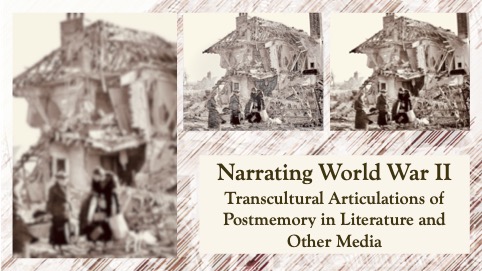Inventing (Post)Memory, Writing (Non)Fiction: Jerzy Kosinski, Philip Roth and the Legacy of World War II
DOI:
https://doi.org/10.13133/2239-1983/16831Abstract
In this essay, I argue that Marianne Hirsch’s definition of postmemory might be extended to hybrid forms of autobiographical writing such as the fraudulent survivor’s autobiography and the counterfactual or uchronic memoir. To that effect, the essay deals with Jerzy Kosinski’s controversial first novel The Painted Bird (1965) and Philip Roth’s uchronia The Plot Against America (2004) as peculiar types of postmemorial works. Though both writers experienced the war during their childhood and their texts were written at a great remove from the war-period, these works can be considered World War II novels since they register and represent the war as a central, traumatic event. Kosinski’s and Roth’s recollections of the wartime period in their novels are so distorted, manipulated, and fictionally imagined (if not utterly invented) that they share the same “oscillation between continuity and rupture” typical of the postmemorial narratives described by Hirsch.
Downloads
Published
How to Cite
Issue
Section
License
Gli autori che pubblicano su questa rivista accettano le seguenti condizioni:- Gli autori mantengono i diritti sulla loro opera e cedono alla rivista il diritto di prima pubblicazione dell'opera, contemporaneamente licenziata sotto una Licenza Creative Commons - Attribuzione che permette ad altri di condividere l'opera indicando la paternità intellettuale e la prima pubblicazione su questa rivista.
- Gli autori possono aderire ad altri accordi di licenza non esclusiva per la distribuzione della versione dell'opera pubblicata (es. depositarla in un archivio istituzionale o pubblicarla in una monografia), a patto di indicare che la prima pubblicazione è avvenuta su questa rivista.
- Gli autori possono diffondere la loro opera online (es. in repository istituzionali o nel loro sito web) prima e durante il processo di submission, poiché può portare a scambi produttivi e aumentare le citazioni dell'opera pubblicata (Vedi The Effect of Open Access).


